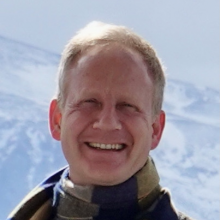Start Date: 06/10/2016,
End Date: 30/11/2018
QUESCA
Atom sensors based on cold atoms have demonstrated great potential in precision measurements both in applied technology and in fundamental science. The main limitation is now the quantum projection noise originating from the counting of uncorrelated atoms. This limit can only be broken by entangling the probe atoms and creating squeezed states. We propose a novel scheme for generating squeezing in ultra-cold atomic ensembles via quantum-non-demolition measurements based on the cavity-aided measurement of the Faraday optical rotation that light experiences as it travels through the atomic medium. This method holds the promise of realizing a significant squeezing with a medium-finesse optical cavity without the use of additional optical interferometers. It outperforms conventional detection schemes based on absorption imaging by allowing smaller dead time between consecutive measurements. Applications include atomic clocks and inertial sensors, which can be used for technical applications (gravitational geodesy, gravimetry for oil, gas and rare metal exploration and cavity detection in construction) and for fundamental physics experiments (gravitational wave detectors, Einstein Equivalence test and gravitational tests of the standard model).
Funding

European Horizon 2020 framework






